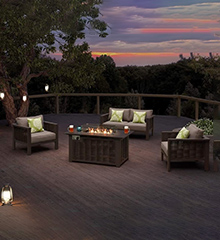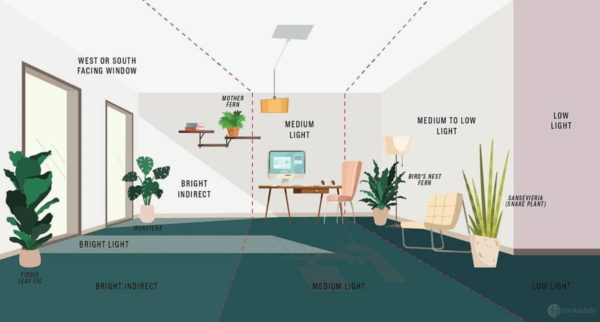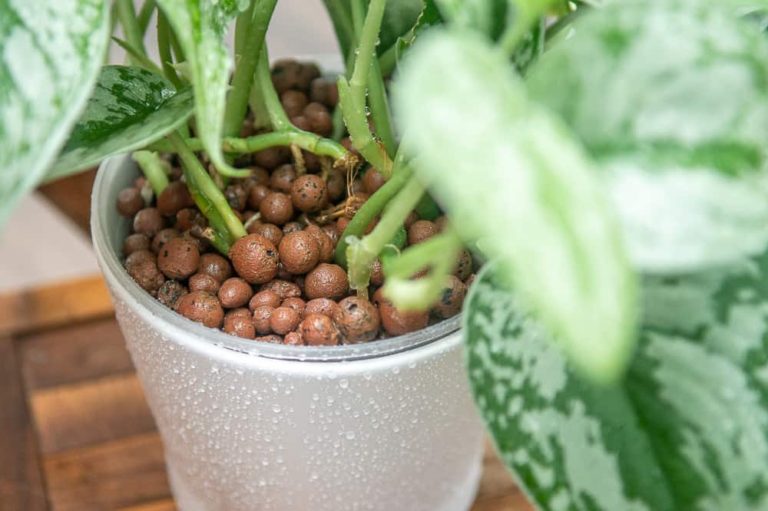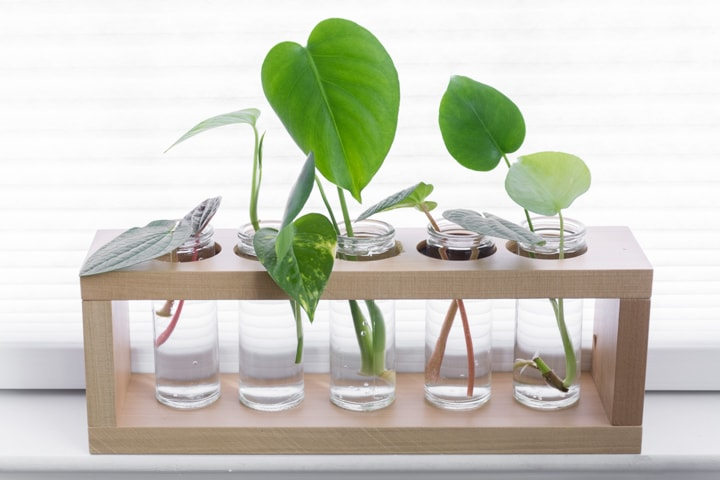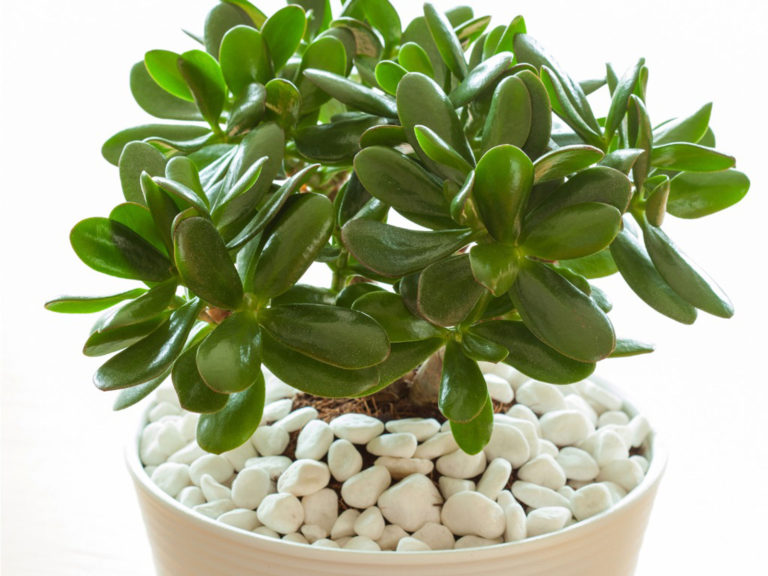The Pergolux: Our Installation at Spot-On Wake!
At the Garden Furniture Centre, we have a versatile selection of gazebos that can be tailored to your every need! Our extensive range of bespoke and fitted gazebos are a great way to add style and character to any outdoor space. Our most recent installation at water sports centre Spot-On Wake in Wootton Wawen demonstrates how our Pergolux gazebo has many beneficial uses for the public and commercial venues.
The Pergolux
But what is a pergola? Firstly, let us break down the key components of the Pergolux gazebo that makes it so desirable! The main feature of this gazebo is the remote-controlled motorised louvered roof which is fitted with our warm LED lights that are delicately positioned to give your gazebo a calming and stylish atmosphere! This motorised roof can fully open with minimal effort when you want to regulate the temperature, or even to enjoy the hot summer sun.

Another main feature of our Pergola design is the drainage system which is manufactured to remove any excess rainwater through our innovative drainage channels located within the front two legs. This allows you to have the option of using your garden space whatever the weather and to make the most out of your outdoor area all year round! The drainage system is also familiar on our Galaxy gazebos as this design allows the rainwater to drain effortlessly from the roof and out through the feet. Combined with the watertight and waterproof louvered roof, our Pergolux gazebos are perfect at preventing any harsh weather conditions from spoiling your garden furniture!
An optional extra that is included with our Pergola designs is the addition of our glass sliding doors which can lock in place to create a stunning glass wall! These glass sliding doors are extremely durable and will undeniably withstand any weather conditions whilst providing elegance and style to your outdoor area. Fitted with a locking system, these glass doors are safe and secure for you to leave personal belongings or furniture unattended so there is no worry about theft or damage.
Spot-On Wake

Recently, our brilliant installations team fitted our bespoke 3.5m x 5m Pergolux gazebo for water sports centre Spot-On Wake! Located in the stunning village of Wootton Wawen, this centre is a hub of thrill and excitement for any water loving fan. The activities on offer are endless; from wake and paddle boarding to open water swimming and obstacle courses, Spot-On Wake will certainly have what you are looking for!
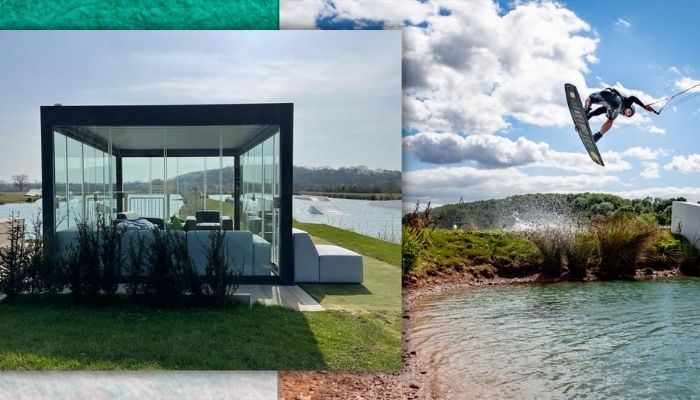
This Pergolux is primarily their control centre to monitor the water sport activities as it overlooks both lakes, but it also functions as a lounge area with our garden furniture for visitors to enjoy the magnificent views of the park! This gazebo is fitted with our optional sliding glass doors for maximum protection and privacy when customers want to leave belongings or possessions nearby whilst enjoying their activities. As standard, it also includes our LED motorised louvered roof and anthracite grey frame which looks spectacular beside the action-packed lakes!
Take a look at our video below featuring Nathalie who talks you through the Pergolux gazebo at Spot-On Wake!



